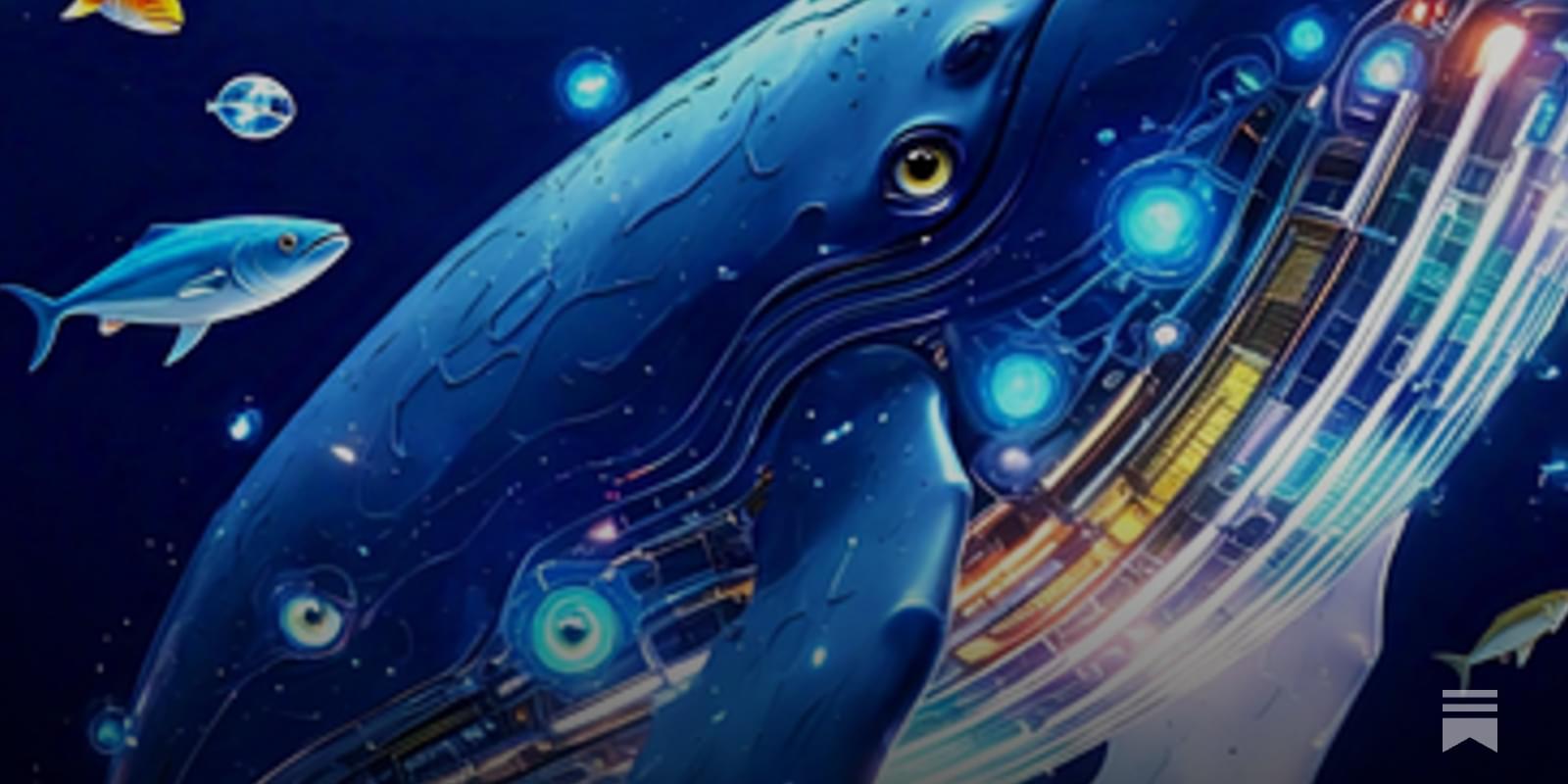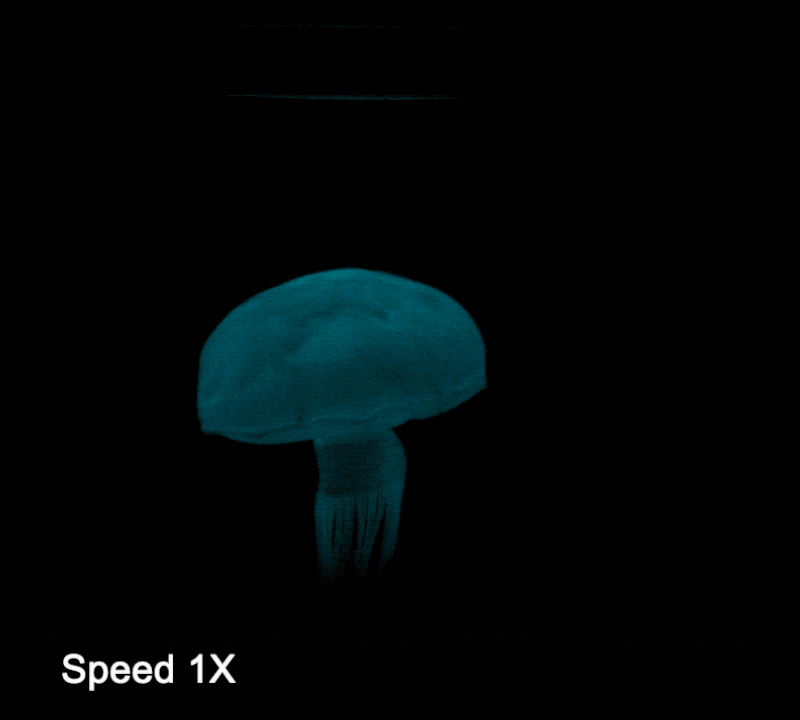Rendered in the blink of an eye—geologically speaking.


A cryptic six-word tweet from OpenAI CEO Sam Altman— Near the singularity; unclear which side—has left the tech world buzzing with speculation. Is this a warning about the dangers of AI, a revelation of progress, or a subtle message about the inevitability of the singularity? As whispers of superintelligence grow louder, it seems we’re on the brink of a technological revolution once considered pure science fiction. OpenAI’s groundbreaking advancements, such as the rumored o3 model, suggest that the singularity may already be unfolding before our eyes. But what’s really happening behind the scenes? Are these advancements paving the way for a brighter future or setting the stage for unforeseen challenges? And why has Sam Altman, one of the leading voices in AI, sparked controversies with his cryptic remarks and bold predictions? In this video, we’ll uncover the mystery behind Sam’s tweet, explore OpenAI’s latest breakthroughs, and dive into the implications of living in a world teetering on the edge of the singularity. Are we prepared for what’s coming? Chapters: Intro 0:00 — 1:30 Sam’s Mysterious Tweet 1:31 — 2:35 OpenAI’s o3 Model Announcement 2:36 — 3:25 What’s Happening Behind Closed Doors? 3:26 — 6:08 Sam Creating Unnecessary Controversies 6:09 — 7:10 The Singularity: Are We Ready? 7:11 — 8:11.
⬇️ Services I Use & Recommend:
Descript: https://geni.us/OECB
(AI-powered video/audio editing—perfect for creating content)
HeyGen: https://bit.ly/4ahOfxQ
(AI video platform for creating lifelike avatars—ideal for multilingual, futuristic content)
OpusClip: https://bit.ly/4gS7ZKq.
(AI tool for repurposing videos into short-form clips)
1of10 Finder for YouTube: https://bit.ly/3NHnpVp.
(Great for finding outlier videos on YouTube)
Skool: https://bit.ly/4iZlp9l.
(Online community and course platform—useful for building & monetizing an audience)
Epidemic Sound: https://geni.us/Bz7EdE1

An exploration of the AI METI kill switch idea, where we hand over messaging to aliens to AI, and nothing good comes from it.
My Patreon Page:
/ johnmichaelgodier.
My Event Horizon Channel:
/ eventhorizonshow.
Music:
Connor Leahy joins the podcast to discuss the motivations of AGI corporations, how modern AI is “grown”, the need for a science of intelligence, the effects of AI on work, the radical implications of superintelligence, open-source AI, and what you might be able to do about all of this. Here’s the document we discuss in the episode: https://www.thecompendium.ai Timestamps: 00:00 The Compendium 15:25 The motivations of AGI corps 31:17 AI is grown, not written 52:59 A science of intelligence 01:07:50 Jobs, work, and AGI 01:23:19 Superintelligence 01:37:42 Open-source AI 01:45:07 What can we do?
Inspired by butterfly wings, a team of German researchers have developed a new kind of robotic wings that can work using only magnetic fields. The new wings created by the Technical University of Darmstadt and the Helmholtz Center Dresden-Rossendorf researchers need no batteries or electronics.
They could have interesting applications from search and rescue to medical sciences. The researchers drew inspiration from the remarkable efficiency and endurance of monarch butterflies, known to have incredibly long migrations between Canada and Mexico.
Now, thanks to a brain implant, he’s experienced the thrill in a simulation. By picturing finger movements in his mind, the 69-year-old flew a virtual drone in a video game, with the quadcopter dodging obstacles and whizzing through randomly appearing rings in real time.
T5 is part of the BrainGate2 Neural Interface System clinical trial, which launched in 2009 to help paralyzed people control computer cursors, robotic arms, and other devices by decoding electrical activity in their brains. It’s not just for gaming. Having the ability to move and click a cursor gets them back online. Googling, emailing, streaming shows, scrolling though social media posts—what able-bodied people spend hours on every day—are now again part of their lives.
But cursors can only do so much. Popular gaming consoles—PlayStation, Xbox, Nintendo Switch—require you to precisely move your fingers, especially thumbs, fast and in multiple directions.

Researchers at Cornell University on Monday showcased a pair of bio-inspired robotics running on a hydraulic fluid-powered battery. The redox flow battery (RFB) also mimics biological functions, as it releases electrolytic fluids, which dissolve to create energy through chemical reaction.
The first two robots on display are a modular worm and a jellyfish, designed by the Cornell Engineering labs. The batteries powering these systems utilize embodied energy, “an approach that incorporates power sources into the body of a machine, to reduce its weight and cost,” according to the school.
Mechanical and aerospace engineering Professor Rob Shepherd describes the underlying technology thusly: “There are a lot of robots that are powered hydraulically, and we’re the first to use hydraulic fluid as the battery, which reduces the overall weight of the robot, because the battery serves two purposes, providing the energy for the system and providing the force to get it to move.”
